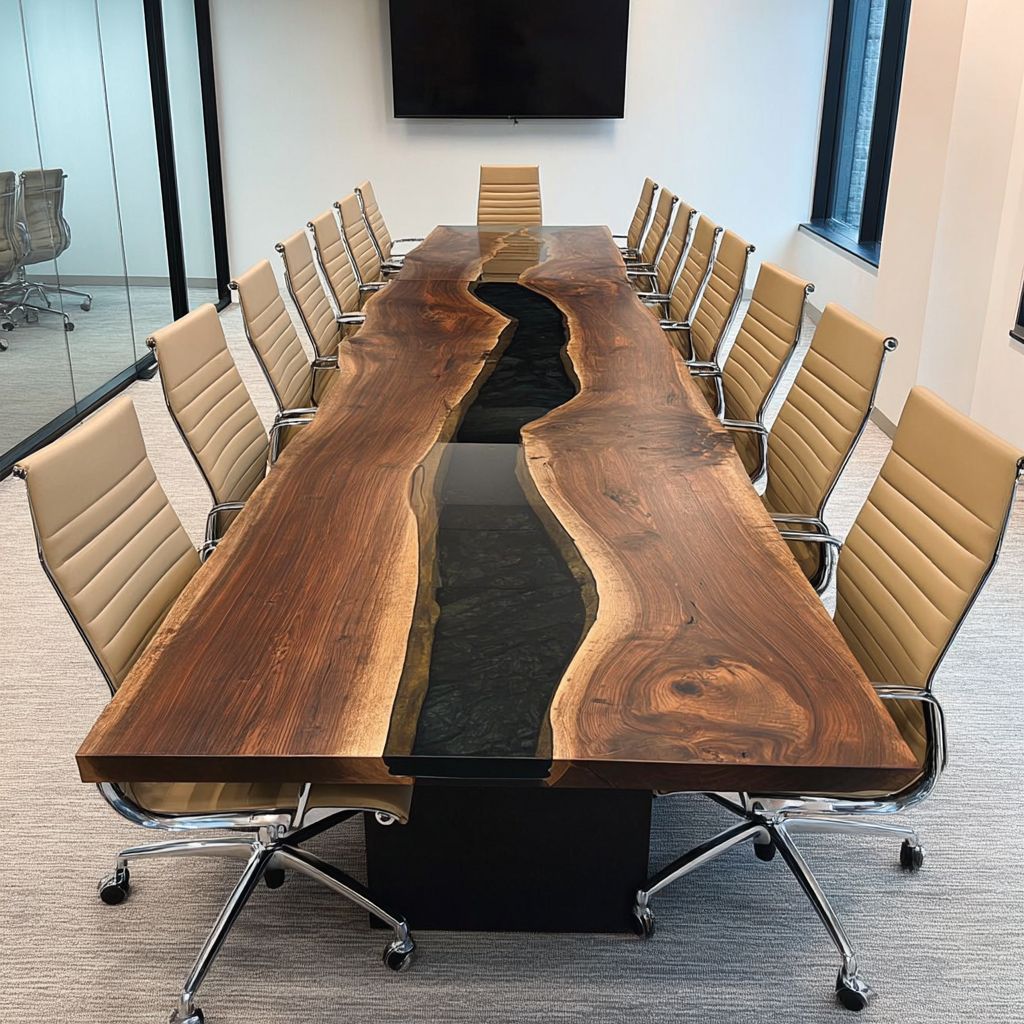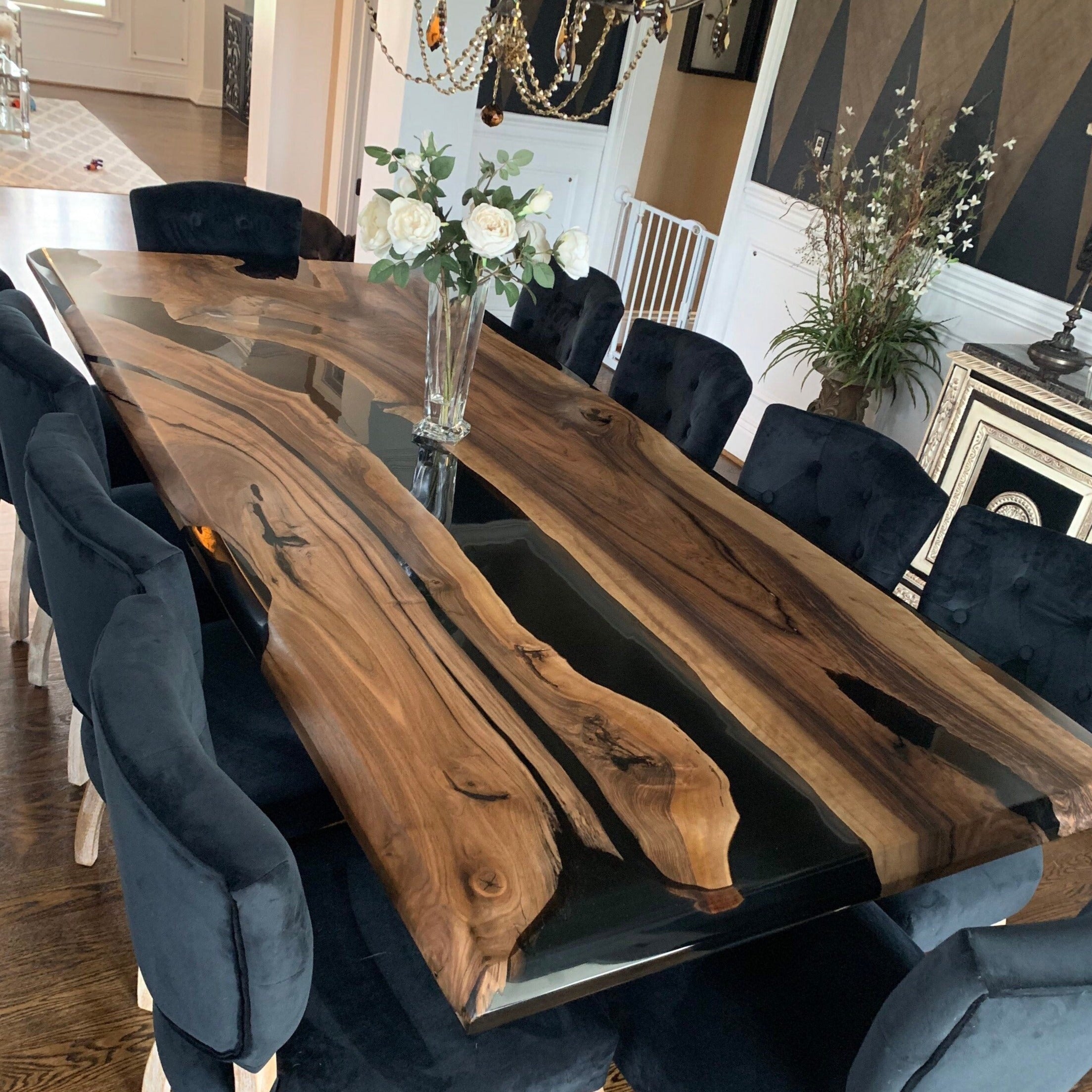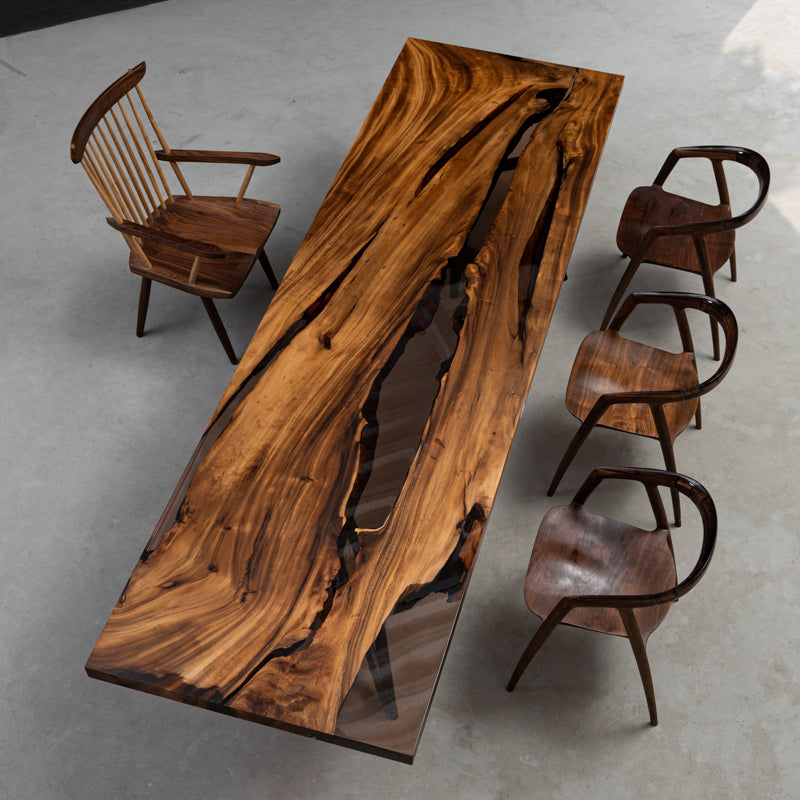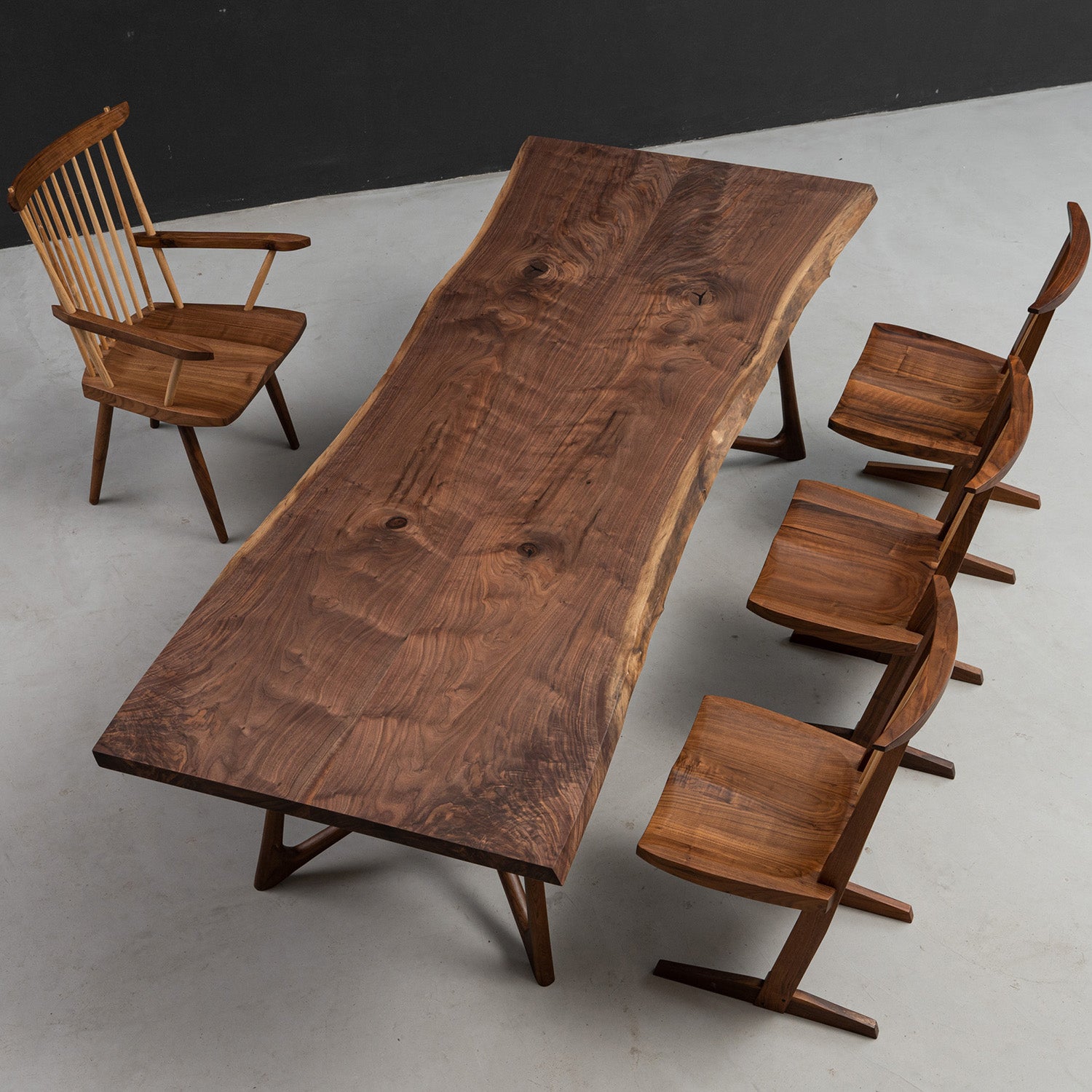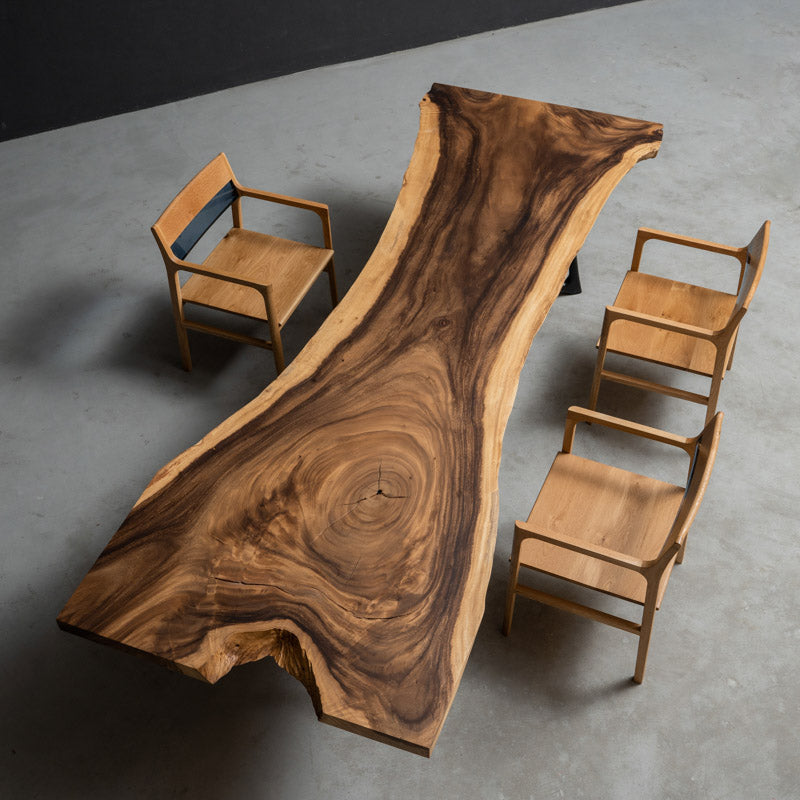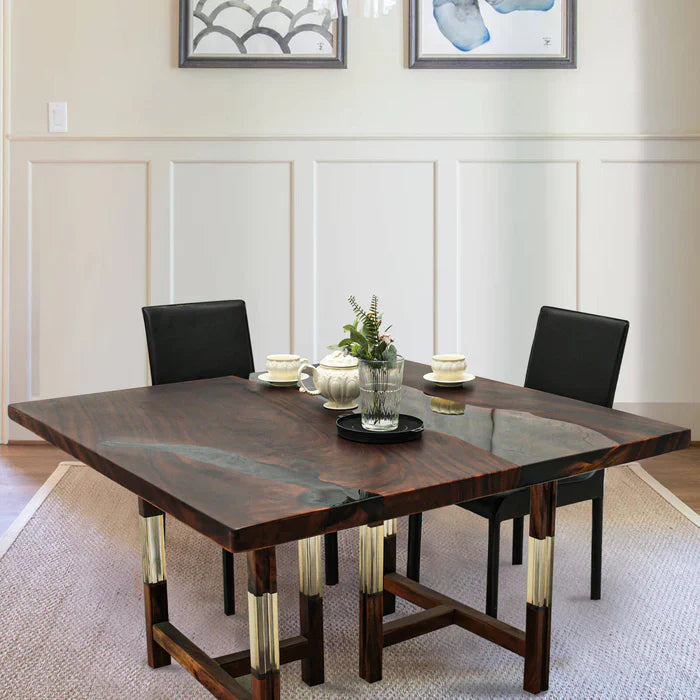Discovering a crack in the wood part of your beloved table can be concerning—but don't worry, it's a natural occurrence that can usually be fixed. Wood responds to its environment, and shifts in humidity or temperature often lead to cracks over time. The good news is you can often repair the damage and prevent more from appearing. This guide explains why it happens and shows you how to fix it.
First, let's understand under what circumstances wood is prone to cracking.
Wood Movement: Natural expansion and contraction due to humidity and temperature changes creates stress against the rigid epoxy.
Improperly Dried Wood: Using wood with high moisture content leads to shrinkage and cracking as it dries.
Rapid/Uneven Curing: Excessive heat from thick epoxy pours can weaken wood fibers and cause internal stress.
Weak Structural Support: Inadequate base or framing fails to counteract the wood's natural movement.
Unbalanced Design: Significant variations in wood thickness or uneven epoxy distribution create tension.
Environmental Stress: Direct heat sources, sunlight, or extreme dryness accelerate moisture loss in the wood.

What details should be paid attention to in the daily maintenance after receiving the table? Regarding cracking in the wood of your table, based on your local climate:
Recommended humidity settings:
- Winter: Maintain indoor humidity between 45% and 55%, avoiding over-drying the air caused by heating.
- Summer: Use air conditioning or a dehumidifier to control humidity, also maintaining a range of 45% to 55%.
- Daily care:
- Avoid placing the table near heaters, air conditioning vents, or in direct sunlight.
- Use coasters and tablecloths to protect against moisture and sudden temperature changes.
- Regularly maintain the surface with specialized wood wax or care oil.

What should you do if cracking has already occurred? You can refer to the following specific steps:
Cleaning and Prep: Ensure the crack is completely free of dust and debris. You can use compressed air or a vacuum cleaner.
Apply Glue: Carefully inject clear wood glue deep into the crack.
Fill the remaining gaps: Mix wood flour with clear wood glue. Be sure to apply the wood flour before the glue sets to ensure the two blend together. Repeat this process until the crack is completely filled.
Sanding: Use a sander to carefully sand the repaired area. Start with a coarse grit and gradually work your way up to a finer grit (e.g., 120 grit to 220 grit or higher) until the surface is completely smooth and flush with the surrounding wood and epoxy.
Finish: Apply a suitable finish (such as oil, wax, or clear coat) to the entire sanded wood area to seal it and restore its original shine.

A crack in a wood epoxy table or solid wood table doesn’t have to mean the end of its life or beauty. In many cases, it’s a natural characteristic of the wood that can be addressed with patience and the right techniques. By understanding the cause—often related to humidity swings or the wood’s natural movement—you can not only repair existing damage but also take proactive steps to prevent future issues. Remember, regular care, stable indoor climates, and occasional conditioning are your best tools for preservation. Enjoy it for many more years to come.
If you have any needs, please feel free to contact us.

